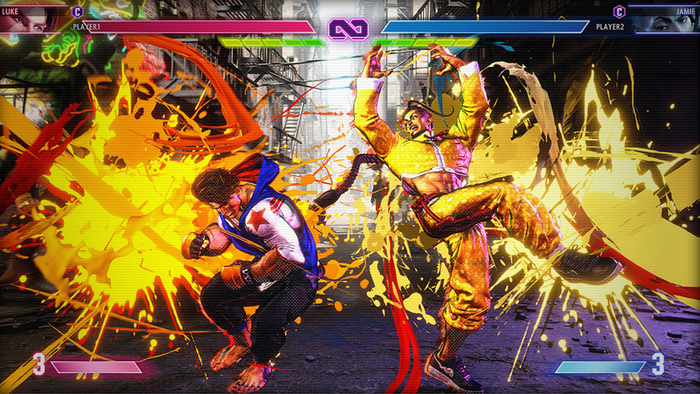Opinion: Sony's Home - The Launch Aftermath
The general response to Sony's Home has not been strong -- so why would gamers want to use it? In this Gamasutra opinion piece, journalist Blake Snow opines on the launch and talks to Home director Jack Buser on why the service "might take some time for p
December 23, 2008

Author: by Blake Snow
[The general response to Sony's Home has not been strong -- so why would gamers want to use it? In this Gamasutra opinion piece, journalist Blake Snow opines on the launch and talks to Home director Jack Buser on why the service "might take some time for people to get."] Online world PlayStation Home for the PlayStation 3 launched on Dec. 11, more than a year after the virtual world was first promised. The general online reaction to the free PS3 service? To put it lightly, boring, as shown by a scathing Penny Arcade cartoon on the service. So why would gamers, the overwhelming group of people buying the console, want to use it? “For the average gamer, it's hard to meet other players,” says Jack Buser, who joined Sony eight months ago to become director of the new social community. “Home is a place where you can meet new friends, share interests, and play games. There are so many super cool people who own a PS3.” Cool or not, it’s hard to get excited about something as broad and unfettered as Home, which has left players shrugging their shoulders, even if they were once excited with the prospects. Buser claims that’s an early symptom of being a pioneer, however. “Home is a revolutionary service,” he says. “Nothing like this has existed on consoles, so it’s not as easy to understand as a genre you've seen a hundred times. It might take some time for people to get.” True, Home is the first virtual confine to make it to consoles. But it would take a recent buyer of “Internet for Dummies” to overlook the obvious connection to Second Life, a similarity Buser downplays. “We think we're very different,” he says. “Home is centered around giving meaning to your friend list; to find like-minded gamers to play with. It gives you stuff to do while you meet new people.” But the biggest criticism against Home is that it doesn’t “give you stuff to do.” Like Second Life, which has plateaued in popularity over the last two years, the biggest problem with Home is the lack of direction. Currently, you can buy new clothes or upgrade your living arrangements for a few bucks spent at the “Shopping Center,” one of seven existing locations on the map. You can people-watch and awkwardly chat with strangers in the “Home Square,” play a ho-hum game of bowling at the “Alley,” or watch a “Twilight” trailer at the “Home Theater.” You can also visit other people’s apartments to view their game Trophies (if that excites you), hold a meeting at a “Clubhouse” – because, let’s be honest: who doesn’t like a good meeting? – or check out old footage of games at dedicated “Game Spaces.” That’s about it. As a result, crowding female avatars like they were starring in “A Night at the Roxbury” is a popular activity right now, seemingly because there are few if any compelling activities to engage in outside of being an anonymous nuisance. Buser says Sony is working on filling the void with attractive ideas. “We have things coming to herd gamers to fun activities,” he says, without naming specifics. But he also expects gamers to shoulder much of the responsibility, by reaching out to one another and sharing tips on where to go. “By and large, gamers are going to see more stuff to do as they get to know each other,” he says. What’s in the immediate future for Home? More clothes and digital furniture it seems. “Were going to have more content by third-party publishers – like promotional material for Resident Evil – tons of new mini games, new game spaces, and new clothes and items coming to the mall.” For disgruntled fans hoping Home might transform into something else over night, you’re out of luck. "The core experience is up and running,” Buser states, when asked how much of the planned experience is on display. In other words, what you see is what you get, at least for now. And that’s a challenge for Sony's PlayStation 3, which has failed to define itself online when compared to the competition. In terms of online extras, Xbox 360 boasts the largest multiplayer community. Nintendo Wii boasts the deepest catalog of 8- and 16-bit games. Now, Sony has Home. But its noticeable benefits are nowhere to be seen. Despite the underwhelming launch, Buser remains upbeat while predicting the future. “If you only spent 10 minutes with the thing, give it another chance,” he says. “Ten years from now, when we look at key gaming milestones, Home is going to be on that list.”
Read more about:
2008You May Also Like





.png?width=300&auto=webp&quality=80&disable=upscale)





